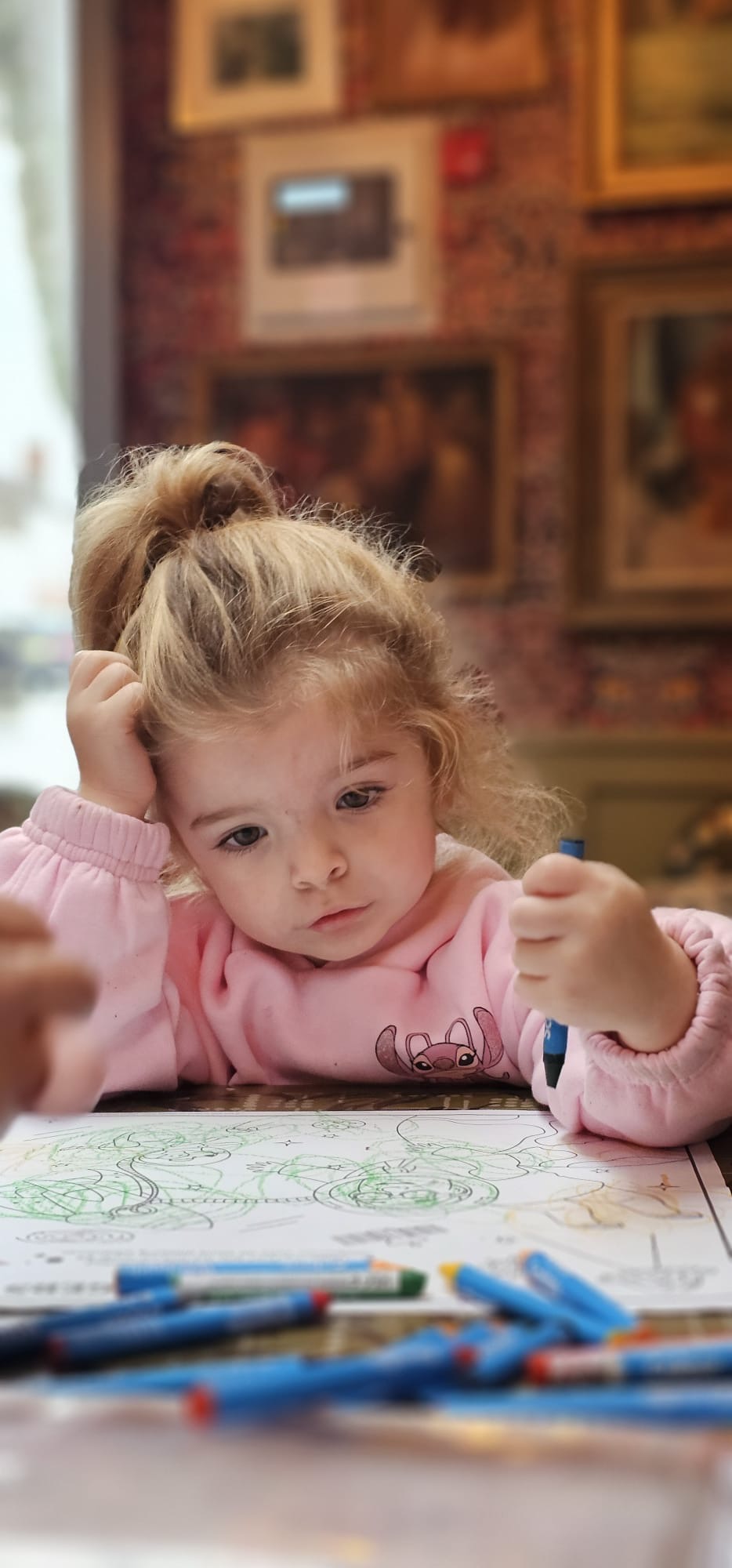The story of Caitlin
Discovering I was pregnant in August 2021 I couldn’t have been happier. All of our scans were normal, and our daughter was due to be born in March 2022. Two days after my due date, my water broke while I was at home. Labour was slow, and Bella finally arrived on Wednesday, April 6th.
As soon as the midwife placed my daughter in my arms I noticed something inside her mouth. I asked the midwife to remove it but soon realised they couldn’t. A doctor was called to examine Bella and returned with a perplexed look on his face. I remember looking at my partner Sam and wondering what was happening.
“I have worked here for thirty years and I have never seen this before” The doctor looked as confused as I felt which didn’t reassure me. Bella’s mouth was full of what looked like lumps of skin. Concerned for how this would affect her feeding, the doctors reached out to Bristol Children’s Hospital who agreed to see Bella but we weren’t offered an appointment for almost seven weeks.
Our appointment was with an oral surgeon who postulated the idea that Bella may have Oral Facial Digital Syndrome and she needed further testing to determine the type.
Oral facial digital syndrome or OFDS as it is sometimes known is thought to affect only 1 per 50,000 and 1 per 250,000 births. There are up to twenty different types of OFDS and Bella is thought to have type 1. Though type 1 is most common, each type is extremely rare.
I left the appointment confused but determined to get answers. I went home and researched as much as I could but found very little information online. The surgeon had told us Bella may need surgery to remove the lumps inside her mouth, but again we were to await test results.
At four months old Bella was admitted to Bristol Children’s Hospital to remove the lumps from her mouth and they were sent off for biopsy. The results came back to say the lumps in Bella’s mouth were benign tumours which are common in those with OFDS.
While OFDS presents differently in different people is thought to affect mostly girls and the survival rate for boys is considerably lower. Along with affecting the face including the mouth and hands and feet, OFDS can also affect major organs including the brain and kidneys causing conditions later in life such as polycystic kidney disease.
At 11 months old Bella got a formal diagnosis of OFDS and her kidneys were tested for abnormalities but thankfully none were found.
Despite living with all of the challenges OFDS presents Bella continues to thrive meeting physical milestones on target and in some cases even early, taking her first steps in February 2023 at just ten months old. However, in terms of Bella’s neurological development, we don’t yet know if she will face challenges as OFDS type 1 is considered to be linked to neurodevelopmental disorders such as Autism and ADHD.
Some of Bella’s current everyday challenges include syndactyly of the fingers (two fingers fused together) this makes it hard for Bella to count and we have had to come up with creative ways to help her using toys instead. Her teeth also don’t align and she has notches in her gums where no teeth have yet come through.
As a family, it has been difficult coming to terms with Bella’s diagnosis, mainly because there is so little information available to parents, a clear lack of research and long NHS waiting lists to see specialist consultants. There are no charities dedicated to research of OFDS and many children born with syndactly or webbing of the fingers and toes do not get referred for further testing.
We want to raise awareness of Oral Facial Digital Syndrome, its presentation and the symptoms it can cause. This must be picked up early as so many people are not diagnosed until they are living with severe symptoms such as polycystic kidney disease, heart defects and seizures.
